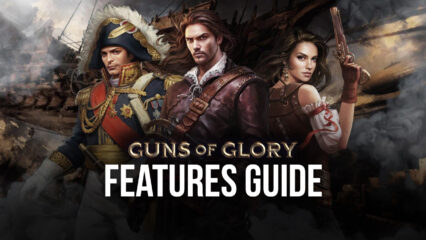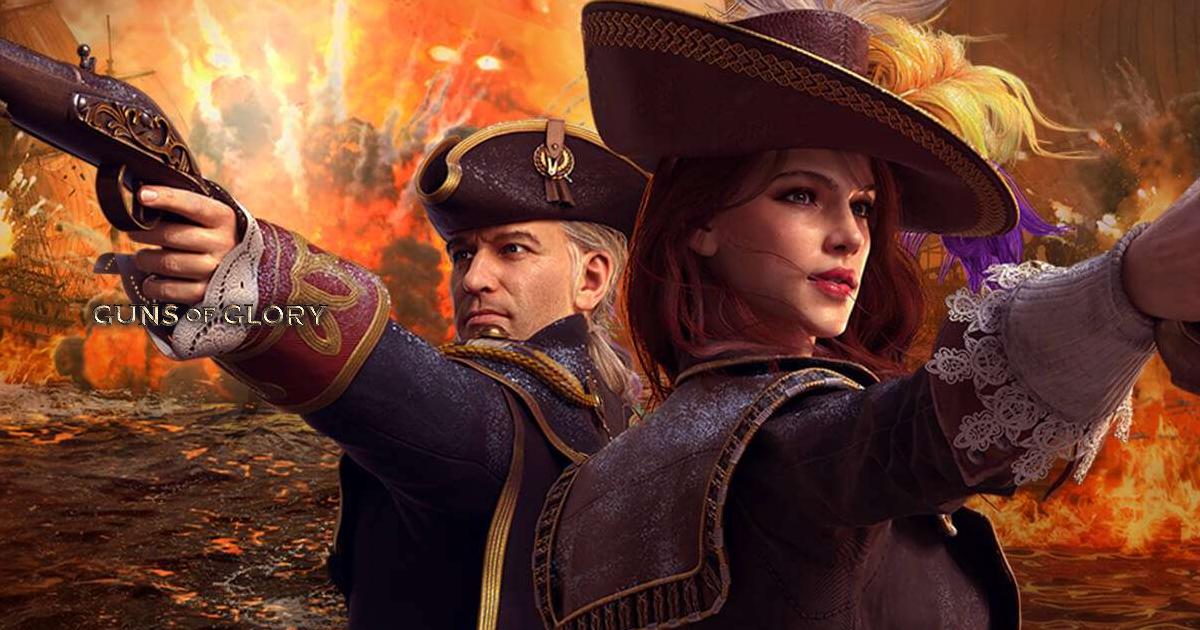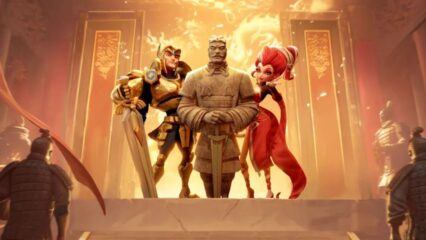Guns of Glory on PC – The Ultimate Guide to PvP Troop Composition
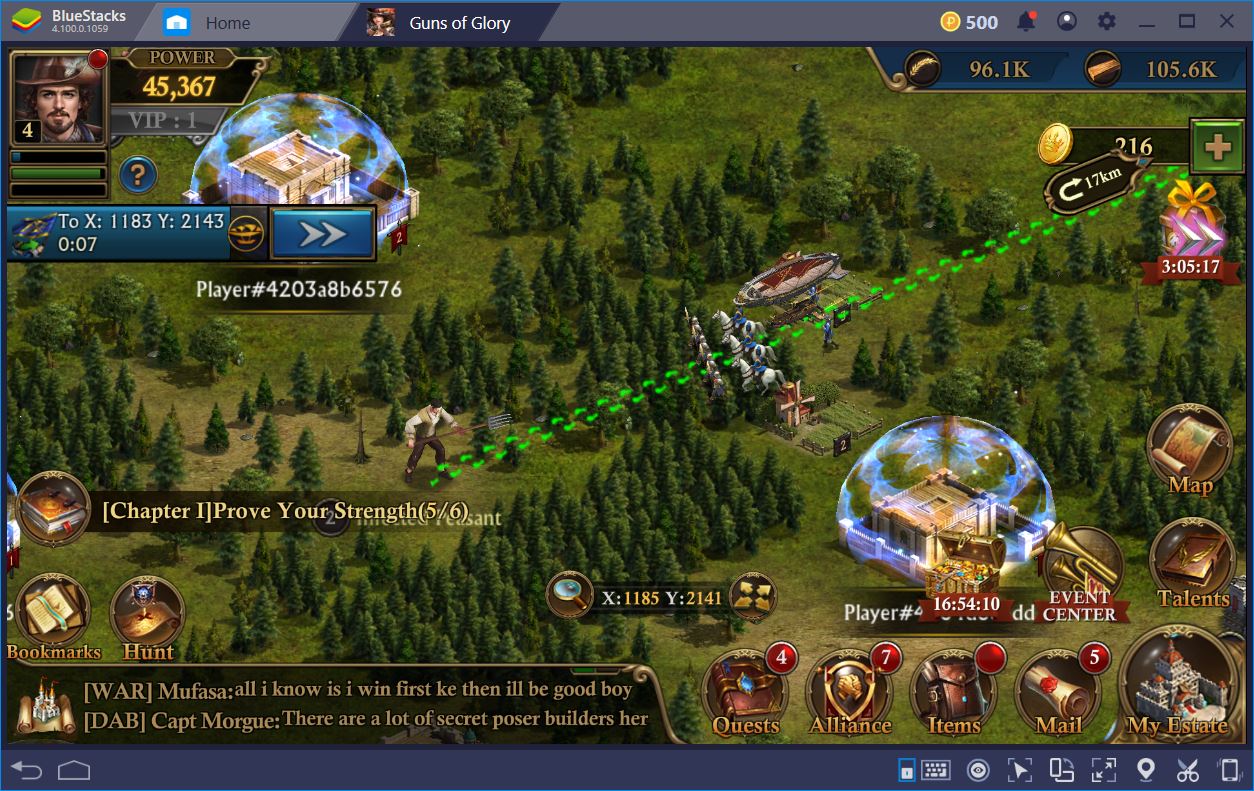
Perhaps one of the most enticing aspects about Guns of Glory is the fact that the community did not manage to get their hands on the inner workings of the game engine, so far. What this means is that, for now, there’s no definitive formula for an ideal troop composition. Although slightly frustrating, this does make the game more fascinating.
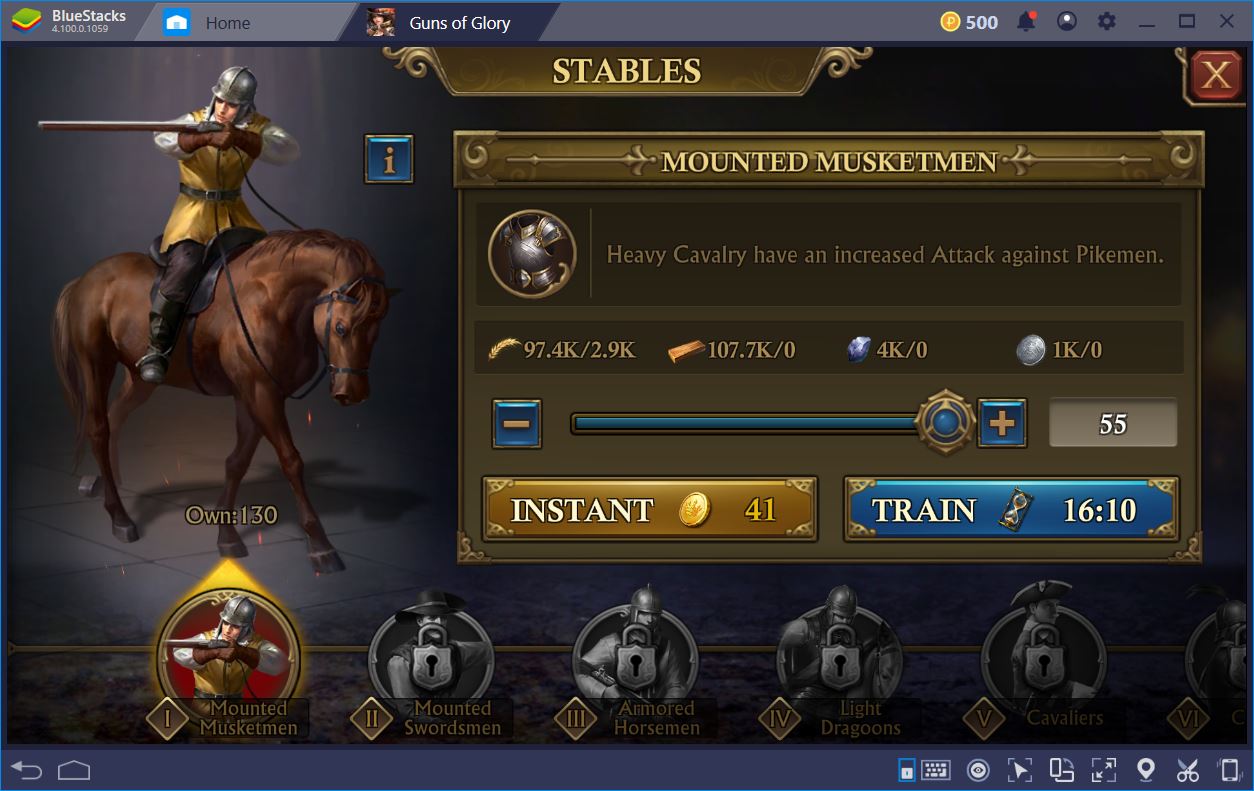
You should focus your attention on training mainly the highest tier troops, but you need to be able to deliver high ranks of each and every kind of unit, not just Distance or Cavalry. One rule of thumb is that you should have a hefty amount of Infantry in every army composition. They are your trustworthy grunts, the ones that see the most action and sacrifice themselves for the safety of your costlier units
Learn the Damage Basics
The main reason why we can’t (completely or mostly) give up on a type of unit is the law of diminishing return, which we know applies in GoG combat. This is yet another principle you can set at the core of your troop compositions regardless of what you’re aiming to achieve or how. The marginal utility of diminishing return means that the more troops of a particular type you have in an army, for instance, Cavalry or Distance, the lower the impact of subsequently added units of that kind.
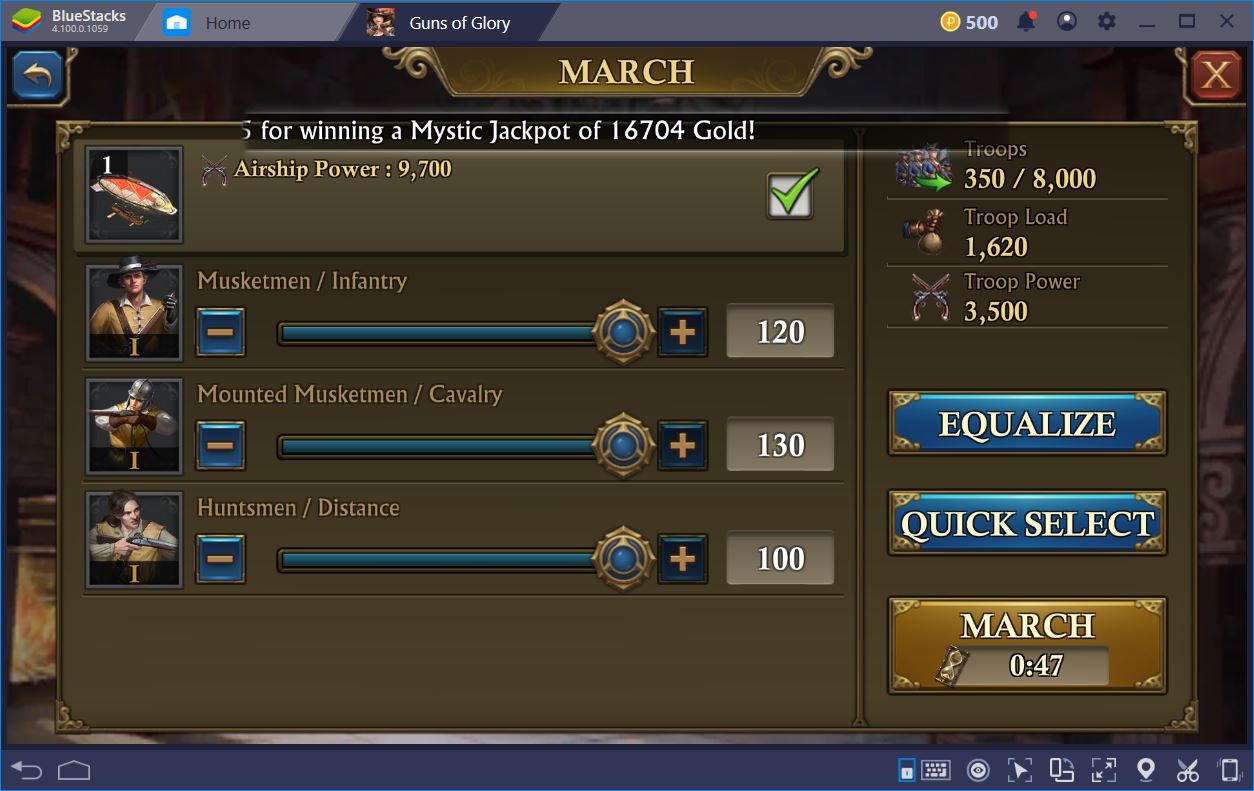
It’s actually a smart way of preventing people from just training one type of unit, while also ensuring that strategy is a key component of army configuration. After all, the game would be no fun if you’d only train one type of troop and focus solely on their upgrades. It just goes to say that, in order to be a great commander in GoG, you have to find the right proportions between your Infantry, Artillery, Distance, and Cavalry.
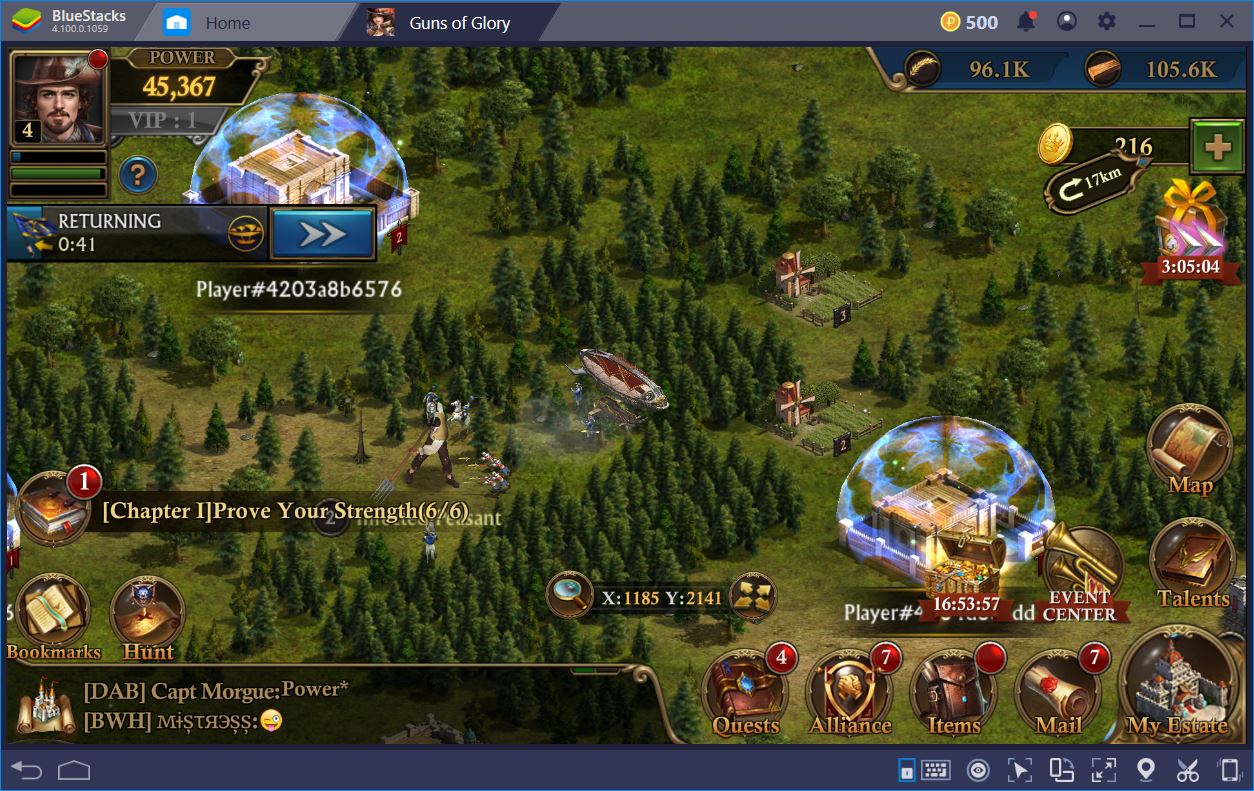
This does not give us much in the way of being able to make a strategy, though. For now, we have the flat combat boosts of each type of unit, namely the information you get when you click on the “i” button above their portrait, as well as the fact that, beyond a certain point, each of them becomes less and less useful.
Consequently, one of the most alluring aspects of this base-building RTS is that you have to figure out what works best. That’s right – you’ll need to experiment with various compositions in both PvE and PvP, see your results, optimize, and repeat.
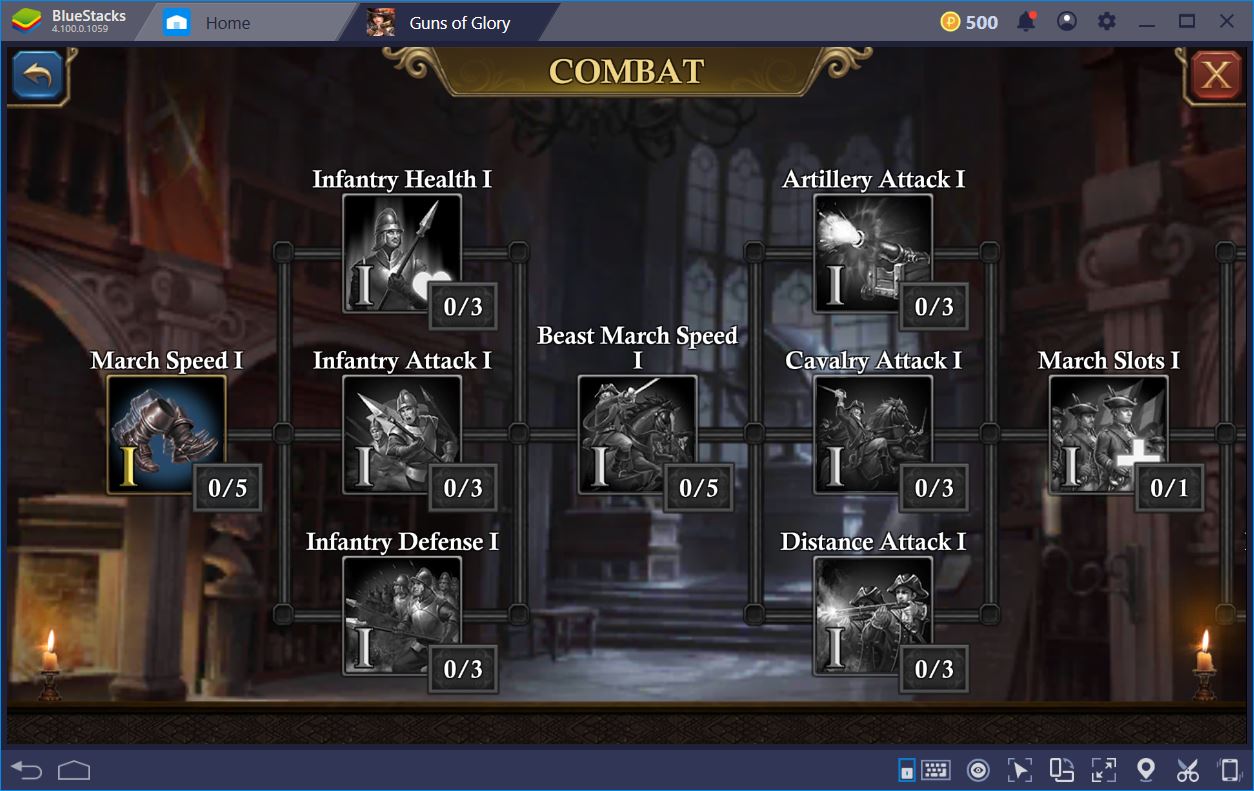
Another consequence of the combat diminishing return is the fact that you’ll have to evenly distribute your research across all types of units, so don’t forget to give the petty infantry some bonuses too. They might not be the flashiest or the strongest, but they get the job done. If nothing else, we have to admit that the developers are staying true to life.
Landing on the Best PvP Configuration
One way to figure out the best PvP configuration is to keep attacking the same level threats with various amounts of troops. The Alliance fortress is yet another great place where you can do this, although the latter can only be unlocked if your Alliance reaches a certain level: 3 for the first one, 5 for the second, 7 for the third, and 9 for the last.
Note that it’s not the exact number of units that you should be paying attention to, but rather the ratio between their numbers. For instance, if you have 100 Huntsmen to 120 Musketmen, that’s a 0.83 ratio. If you switch the two, then you also get the ratio of Musketmen to the former, which is 1.20.
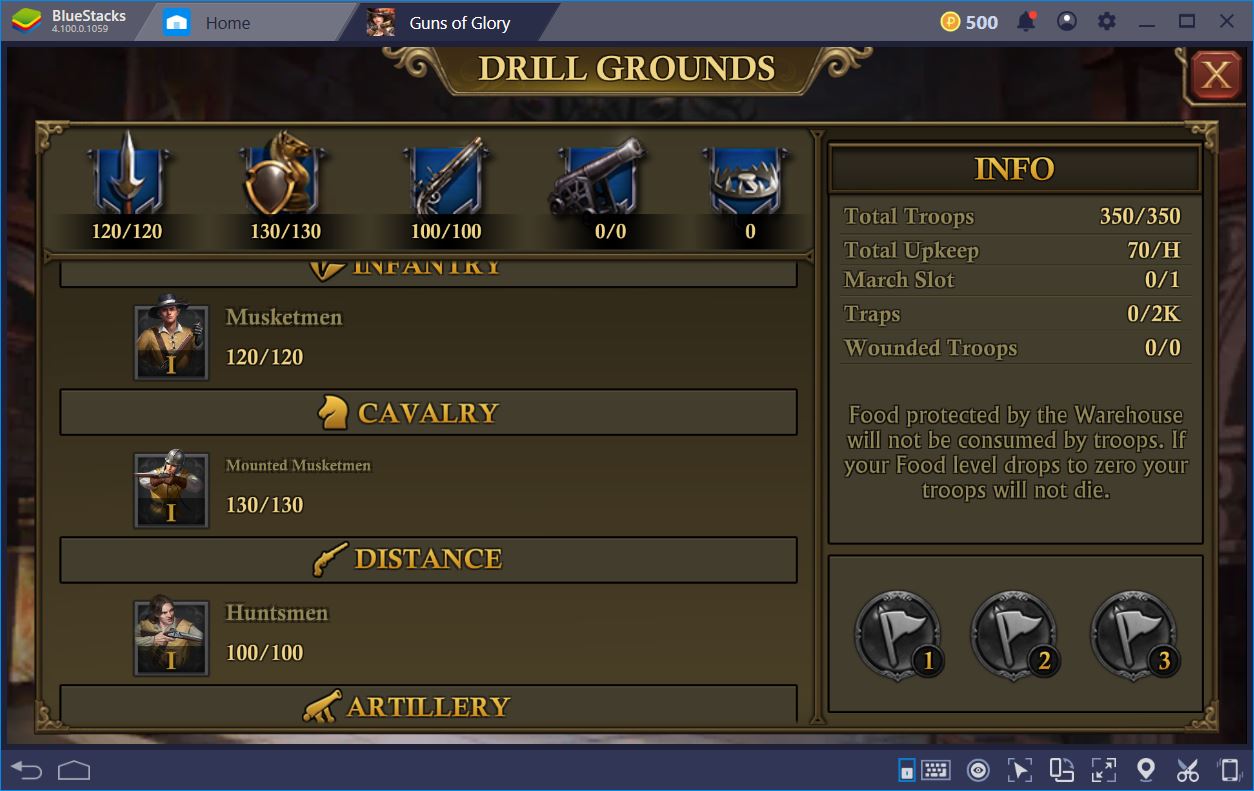
Play Guns of Glory on BlueStacks
It might seem like a handful, but this is the only viable way to keep track of various troop configurations. If it makes things easier, you can express these numbers in percentage related to the total amount of troops in your army. For example, if your army is 300 and you have 100 Musketmen, that’s roughly 33% infantry. The equation gets even more complicated when you take into account that your enemy’s strength, stats, and army also affect your numbers, which is why we advise you to test against NPCs or the Tower.
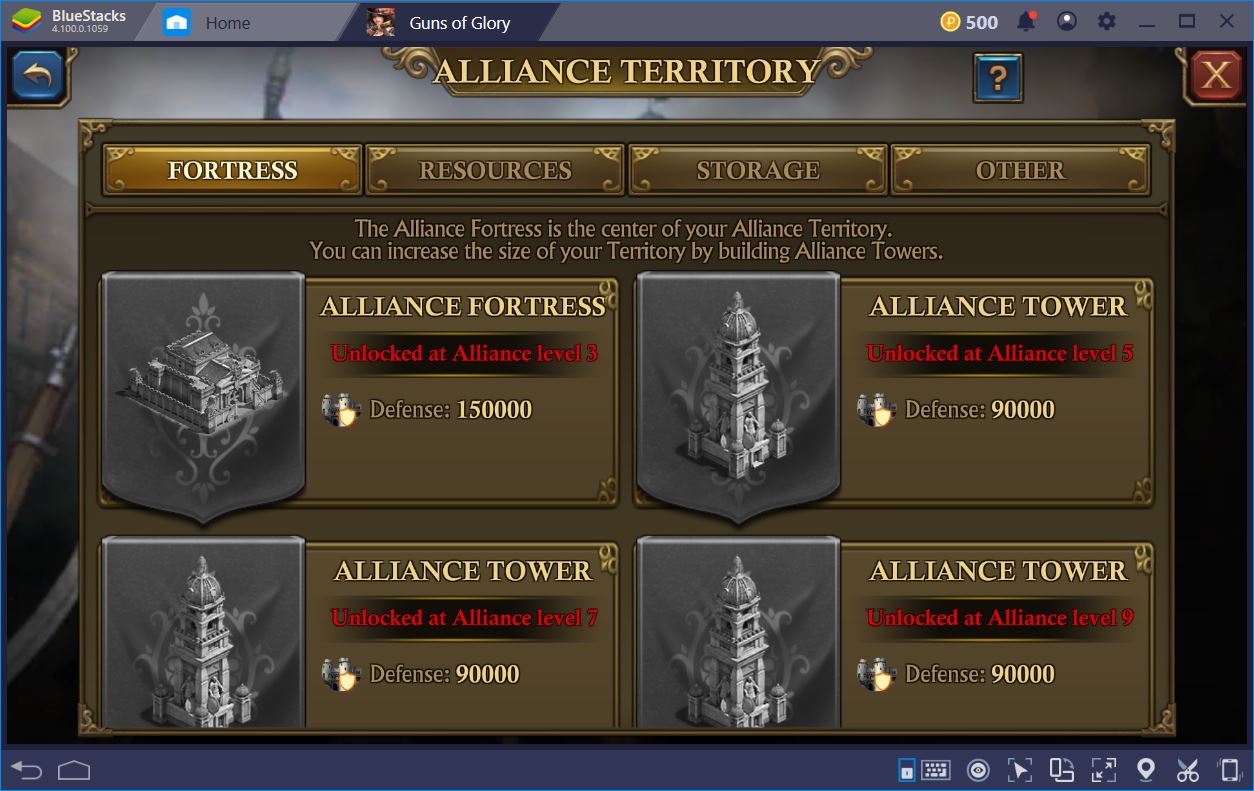
If you do find yourself attacking another player, you should keep some back-up units standing by in your base. This is to ensure that you can modify your army composition depending on what they have. Consequently, you should not move to your full march capacity when you’re attacking another player. Instead, what you want to do is leave some of them unfilled and send reinforcements depending on what you find.

As we mentioned in the beginning of the guide, infantry plays a key role regardless of who or what you’re facing. Even if they’re lower level, you need to make sure that you have enough of them to keep the enemy from getting through the frontline. If that should ever happen, all of your troops will easily get killed, regardless of how strong they are.
In a way, you can think of the infantry not necessarily as an attacking force, but as a wall that is keeping your other strong units safe throughout the combat. A good ratio to start from is 25%-30% Infantry, 30% Cavalry, and 40%-45% Distance. See how it works and adjusts accordingly.
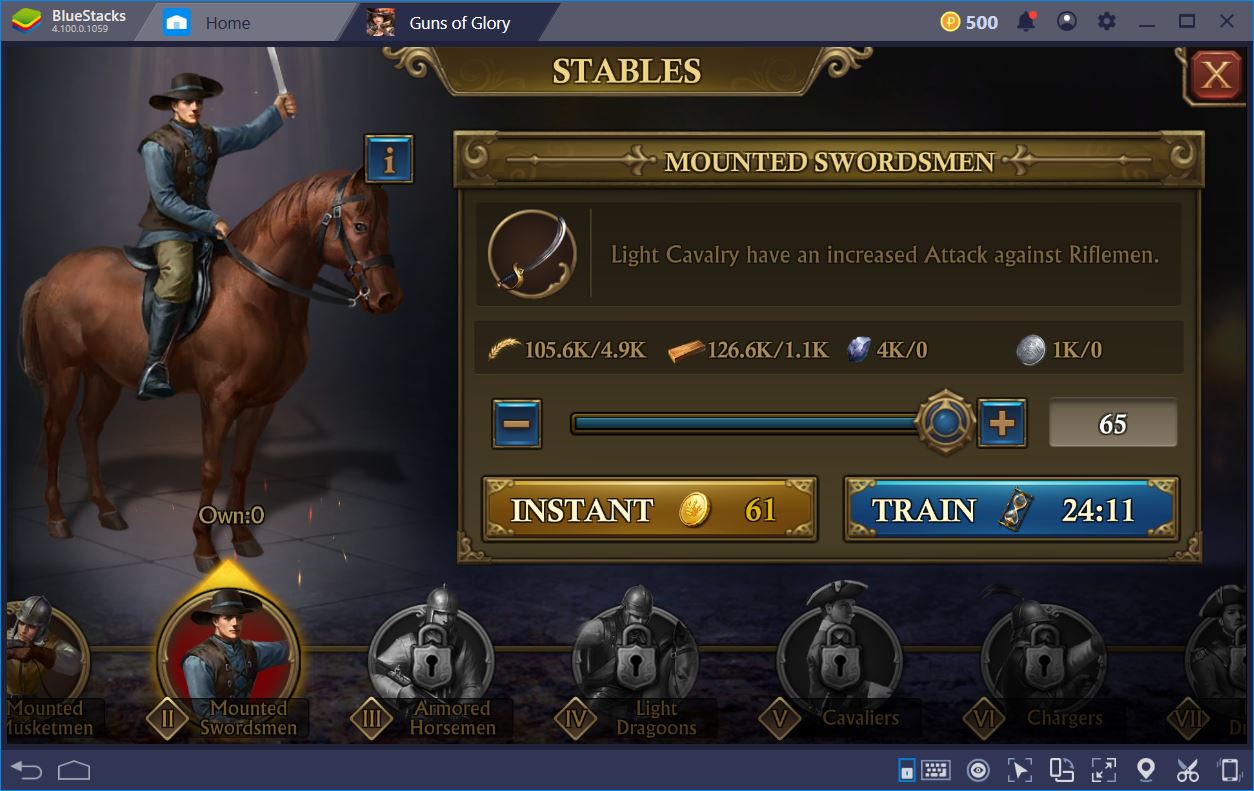
Although some players are certain that higher rank units should always be used over lower ones, the debate isn’t yet settled here either. Until we have some more definitive numbers, you should try to have a ratio of two third higher-rank and one third lower rank in each class.
Take No Prisoners
The more you experiment with various compositions and tiers, the more information will become available regarding your particular strategy. The most important aspect about these configuration trials is that you need to be consistent – attack the same target, but also don’t level or upgrade anything else in the meantime. It will take some attempts, but, once you get the hang of it, you’ll be able to reap the rewards in successive victories over your attackers.
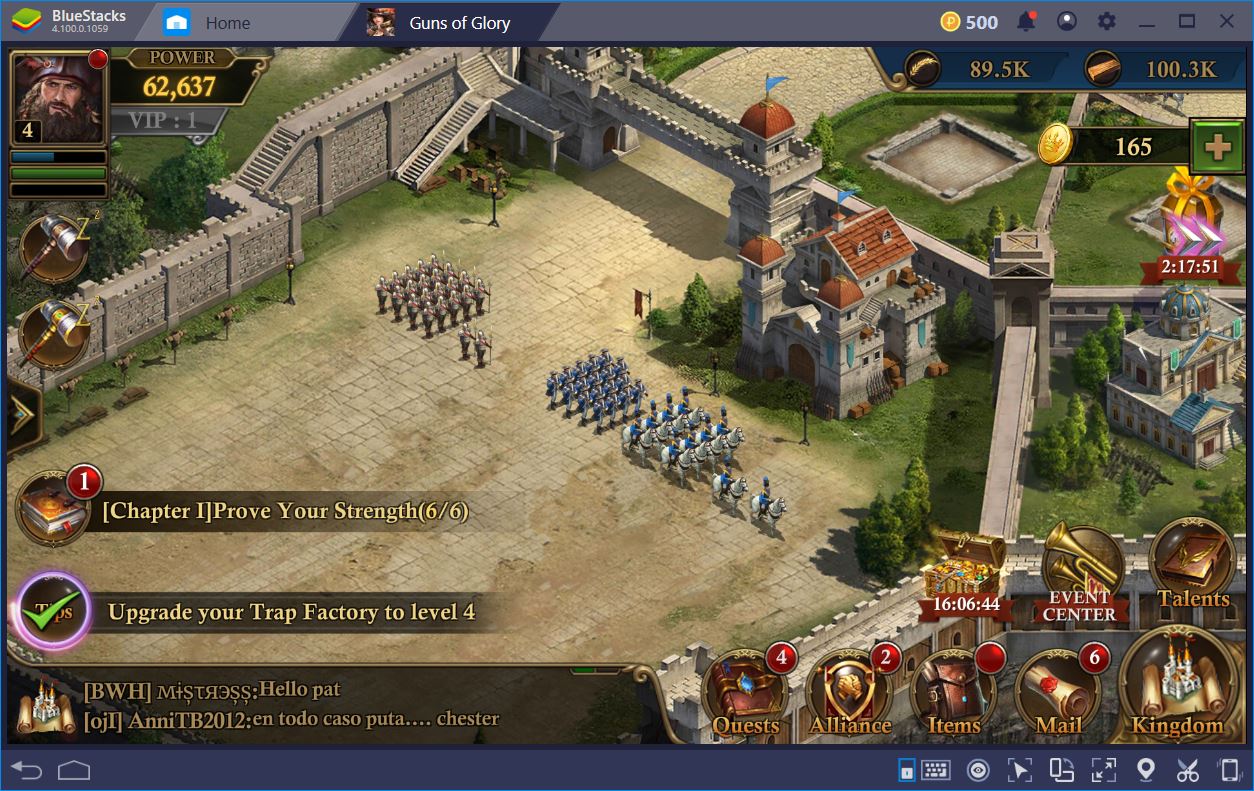
Don’t forget that there are loads of other things you can do to improve the strength of your army. For more information, feel free to check out our guide to maximizing troop damage.



